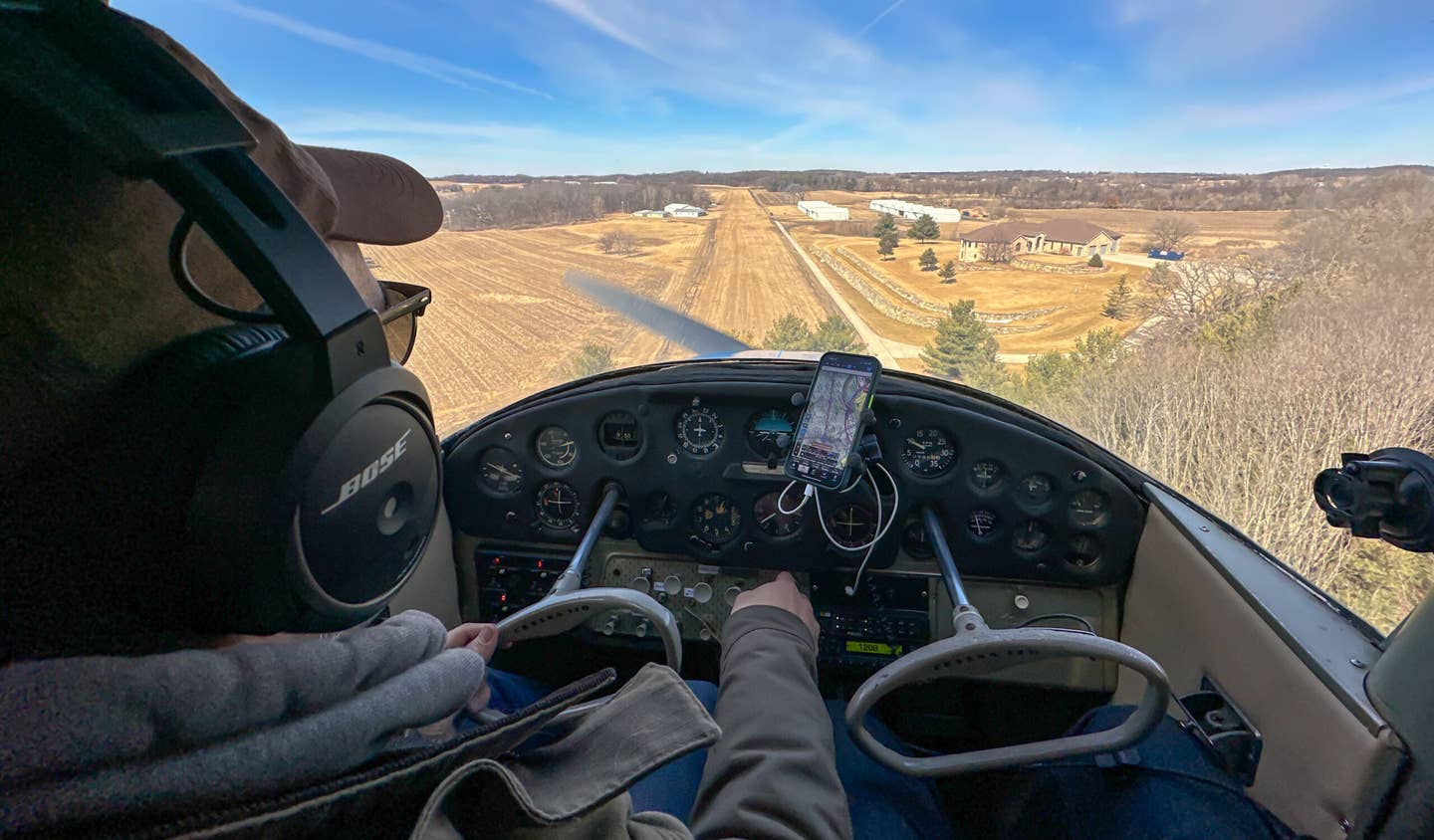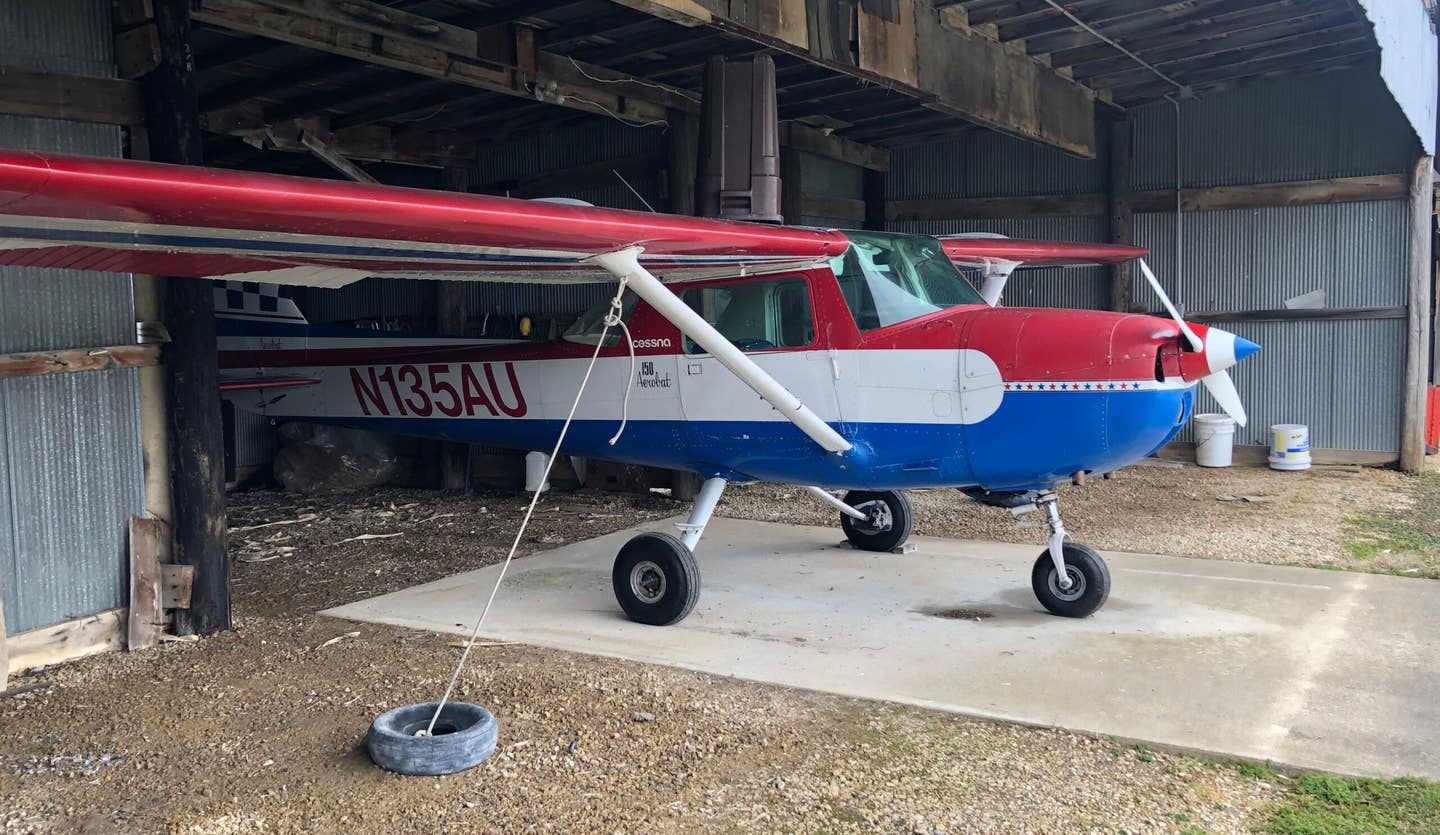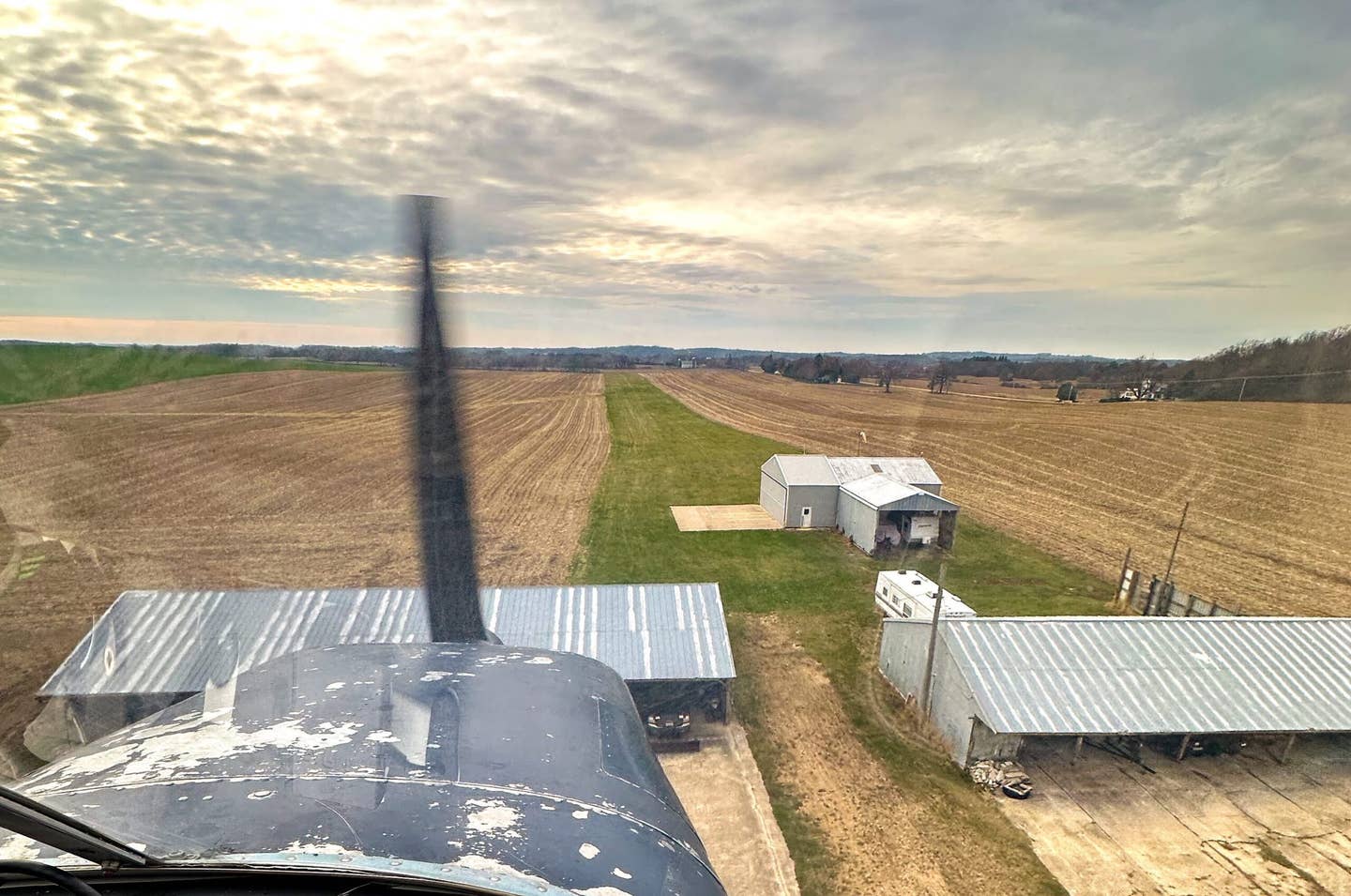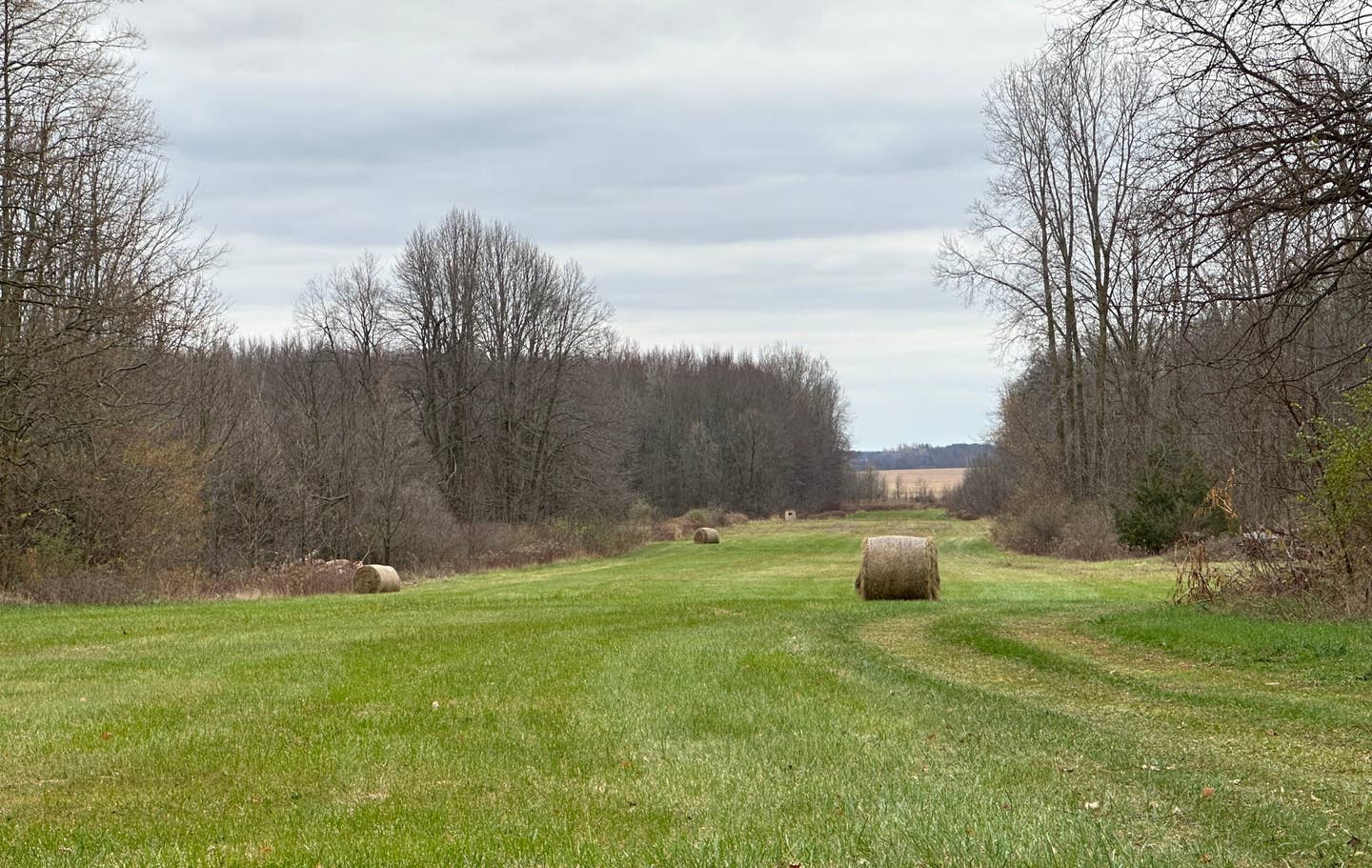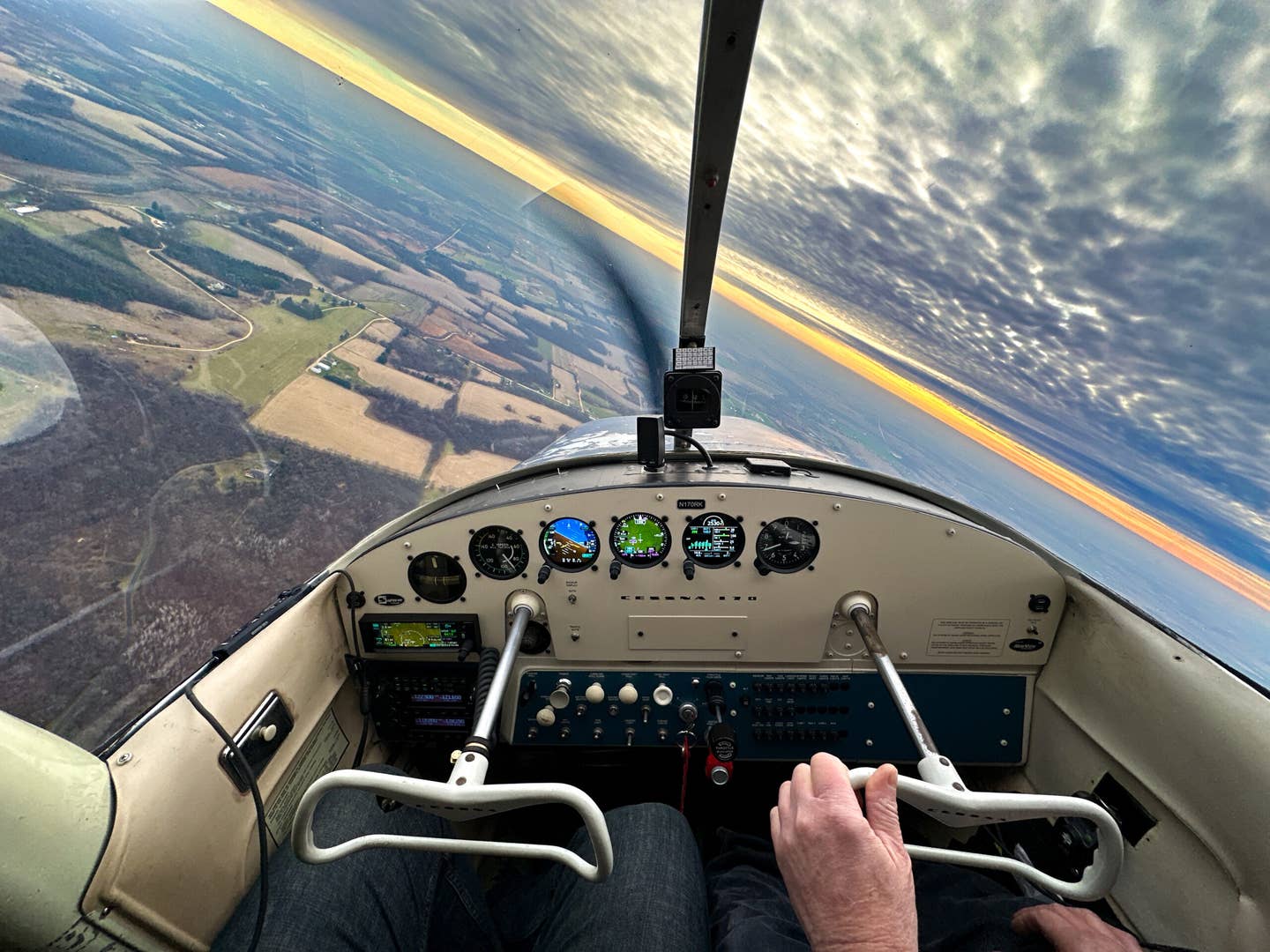When Considering Practicality, Keep Fun in Mind
If the logical choice robs you of the experiences you want to have, is it really the best choice?
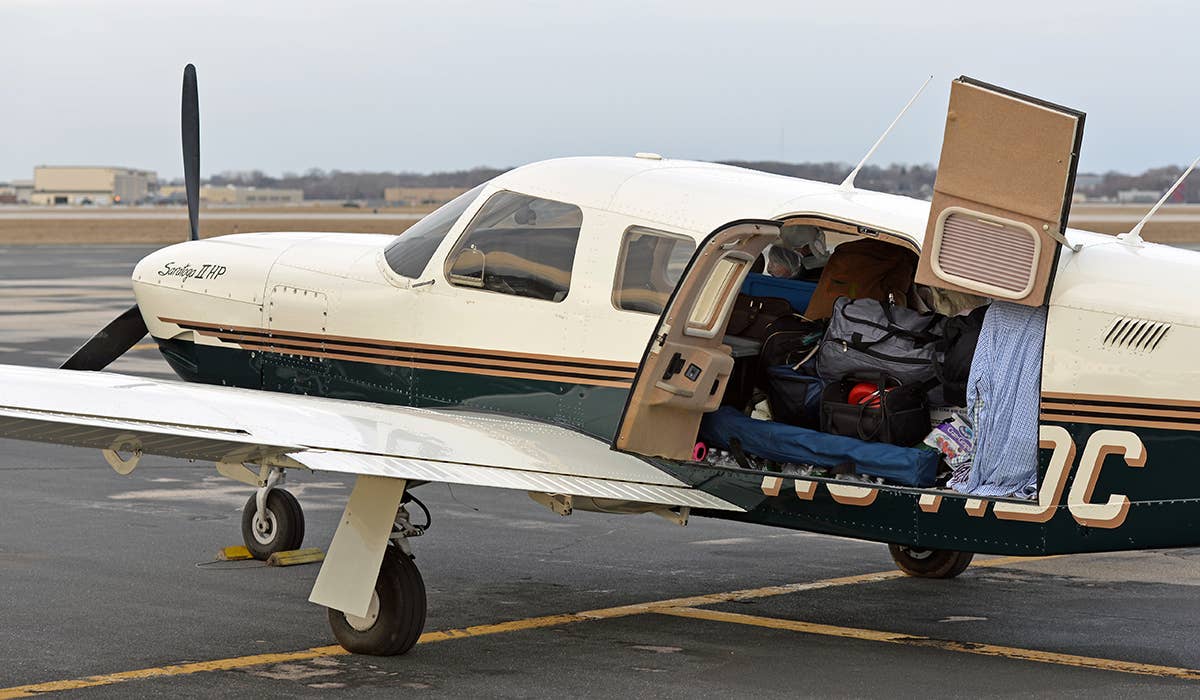
Some types that are more costly to own and operate earn their keep by enabling infrequent but memorable adventures. [Credit: Jason McDowell]
Back in college, I had a buddy named Mike who drove the most dilapidated Ford Bronco in the state of Michigan. It was a late 1980s model, similar to the white example etched in our collective memories by O.J. Simpson in 1994. While Mike’s Bronco did have some paint left, it was a different color and was accented by various shades of rust and Bondo. It was a fairly unreliable vehicle, and had the two Bronco owners traded prior to the famous car chase, it’s a safe bet O.J. would have been quickly apprehended on the side of the road amid a growing pool of radiator coolant.
As miserable as that truck was, Mike loved it. He freely admitted that it was a wholly nonsensical vehicle for him to drive; he never carried passengers, he never hauled anything, and he spent most of his time commuting 35 minutes on an interstate freeway. Nearly any other vehicle would have been a more logical and economical choice. But that Bronco enabled Mike to do what he loved most—go on off-road camping adventures in northern Michigan about two or three times a year.
“Sometimes, choosing the most sensible option deprives us of the fun we had in mind from the beginning.”
To Mike, this meant everything. The months upon months of horrendous gas mileage, the constant repairs, the experience of seeing his own rear wheel pass him on an off-ramp in Kalamazoo on a beautiful summer day…his trips up north made it all worthwhile.
When people ask me for airplane purchasing advice, they usually mention the importance of buying an airplane that fits the vast majority of their flying needs. That’s when I think about Mike’s beat-up Bronco.
Sensibility as a Thief
As a prospective airplane owner, one of the most common pieces of advice you’ll hear is to purchase an airplane that fits 90 percent of your expected missions. At face value, it’s sound advice; the model that most effectively performs the majority of your intended uses will most likely also prove to be your most cost-effective option. It is, after all, wasteful to haul six seats around if you only typically carry a single passenger. Similarly, a complex, high-performance airplane optimized for cross-country travel doesn’t exactly earn its keep when it’s primarily used for short breakfast flights to and from nearby airports.
Following this well-intentioned advice will likely keep most buyers out of trouble. Buying only as much airplane as needed does indeed tend to be the most economical course of action. But this is only a true benefit for those who approach aircraft ownership with economy as their top priority. For many of us, economy took a back seat to fun and adventure the moment we decided to pursue aircraft ownership.
Sometimes, choosing the most sensible option deprives us of the fun we had in mind from the beginning.
I saw a great example of this while researching the Piper Cherokee Six and interviewing owners about their experiences with it. The Cherokee Six is essentially an oversized Cherokee with six seats and a more powerful engine. It’s a large, stable tank of an airplane with a cavernous cabin, and owners love the flexibility and capability it offers.
This doesn’t mean the owners are all constantly hauling five people or piles of cargo around every time they fly, however. The majority of the owners with whom I spoke most often fly alone or with only one or two passengers. For these flights, they freely admit that the airplane is overkill, burning far more fuel per hour than a smaller Cherokee.
What made the excess worthwhile to these owners is the ability to take on additional passengers or cargo when the opportunity presented itself. Some only utilized the Cherokee Six to its full extent a handful of times each year on family trips. Although these trips with the whole gang might have only accounted for 5 percent of their total annual flights, the ability to take those trips and create those memories was well worth the additional fuel burn and insurance cost that added up throughout the rest of the year.
Your Fun Matters
Similarly, I know another pilot who owns a Piper Pacer taildragger. Unlike many, he doesn’t feel strongly about owning and flying a tailwheel aircraft, and he’d love to have the lower insurance premiums of its otherwise identical tricycle gear counterpart, the Tri-Pacer. But one of his favorite activities is flying on skis in the wintertime...something that isn’t done with the Tri-Pacer. In the case of that particular owner, the ability to enjoy his unique wintertime hobby more than makes up for the additional insurance cost and less forgiving nature of the taildragger.
Just like Mike and his beat-up Bronco, these owners pay a premium throughout most of the year in the form of things like higher fuel burn, higher insurance premiums, and higher maintenance costs. But for each of them, the ability to create and experience their most memorable adventures of the year makes for a fantastic return on investment.
So when poring over spreadsheets and aircraft specifications, it may be wise to consider types that might not make the most financial sense. This might mean you spring for a 182 over a 172 so you have more capability for an annual trip out west. Or it might mean you splurge for a set of expensive tundra tires that unlock access to unimproved strips, resulting in trips that are far more memorable than frequent.
Your friends might laugh at your seemingly askew priorities, but just as Mike would come home with an ear-to-ear grin after a romp through the northern Michigan wilderness in his beloved Bronco, you may experience a similar joy on your own unique adventures, however infrequent.

Sign-up for newsletters & special offers!
Get the latest FLYING stories & special offers delivered directly to your inbox

